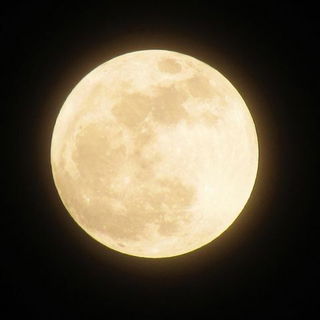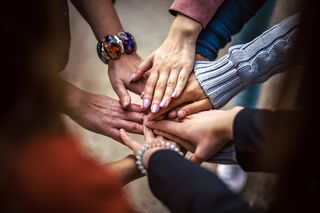- Calendar
- Calendar 2025
- November
- All Saints' Day
All Saints' Day
All Saints' Day, also known as All Hallows' Day (Hallow is an old English word that means holy or saint) is a Christian observance held on November 1st every year, the day after or All Hallows' Eve.
It celebrates all saints of the Christian church, be it known or unknown, especially those who do not have a Feast Day dedicated to them. All Saints' Day is a holy day of obligation, which means that Christians must attend mass on this day.
All Saints' Day is not a public holiday, so schools and businesses remain open as usual.
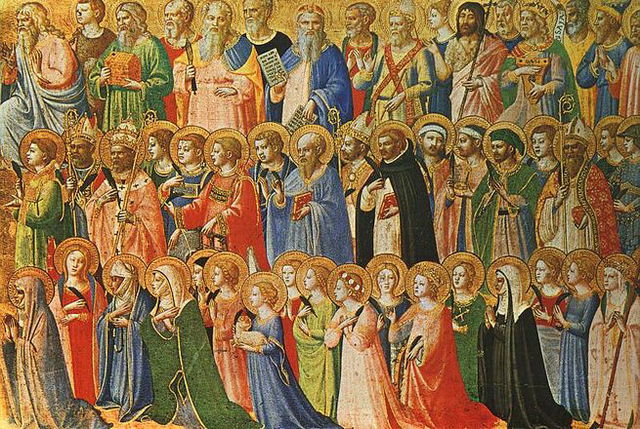
Who are Saints
Saints are those individuals who have lived virtuously and made sacrifices for Jesus and others and are now resting in heaven.
All Saints' Day celebrates all those holy saints who are known as well as those who are unknown.
History of All Saints' Day: A Tale of Martyrs and Sanctuaries
During the Roman Empire, Christians were persecuted and sacrificed for their faith in Jesus and in the religion.
These people were martyrs for the church who is said to have received a special place in Heaven. Hence, special days were dedicated to celebrating their lives and their sacrifices.
In AD 607, the Pope was gifted the Roman Pantheon temple. Simultaneously, all pagan imagery was removed and the Pantheon became a sanctuary for saints persecuted in Rome after Christ.
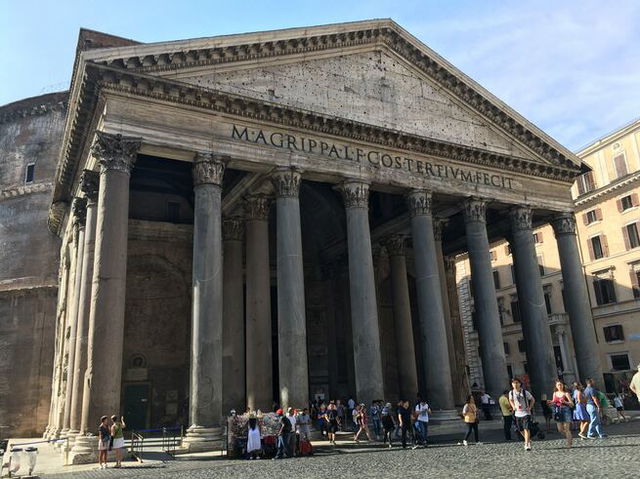
Countless Christians were martyred over three centuries and it became impossible to dedicate a day to honor them individually. Thus, All Saints' Day was created in 609 and the date was moved to November 1st by Pope Gregory III in 837 CE which is being observed to date. He chose the beginning of November because he knew that early November was
All Saints' Day also commemorates the belief that there is a connection between those who have died and are in Heaven and those who are still on Earth.
On Halloween, the day before All Saints' Day, Christians hold a vigil for all of those who have lost their lives and gone to Heaven, Saints and Christians alike.
The day after All Saints' Day is All Souls' Day, which celebrates not just martyrs, but all Christians who have died but have not reached Heaven yet.
How All Saints' Day is Celebrated
On All Saints' Day, most Christians in the United States attend service and mass at their local church. While praying, people are encouraged to think about their connection to saints and be inspired by their stories.
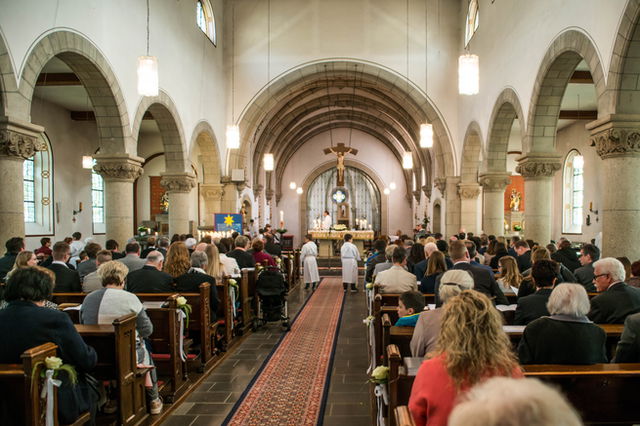
Many people, especially in New Orleans, follow the tradition of visiting their loved ones' graves and decorating them with flowers, wreaths, and bouquets and lighting candles for them so they can find their way to Earth on this day.
Chrysanthemums are the most common flowers that are placed on the graves on this day.
Countries such as France, Germany, Italy, and Spain observe a public holiday on All Saints' Day.
Different cultures around the world have embraced different traditions on All Saints' Day. They have incorporated their culture into this catholic observance so it varies from place to place.
All Saints' Day Facts
- All Saints' Day used to be celebrated on May 13 which was later changed to November 1 by Pope Gregory III.
- An ancient tradition of All Saints' Day included parishioners dressing up as angels, saints, and sometimes even devils and going around the church.
- Some churches celebrate All Saints' Day on the first Sunday of Pentecost.
- All Saints' Day is one of the three days in Allhallowtide.
- The color for All Saints' Day is white.
Important Saints to Remember on This Day
- St. Francis of Assisi- Celebrated on October 4
- St. Michael the Archangel- Celebrated on September 29
- St. Augustine of Hippo- Celebrated on August 28
- St. Catherine of Siena- Celebrated on April 29
- St. Teresa of Avila- Celebrated on October 15
- St. Christopher- Celebrated on July 25'
- Mary the Blessed Virgin- Celebrated on January 1
- St. Thomas Aquinas- Celebrated on January 28
- St. Jude- Celebrated on October 28
Read these articles next:
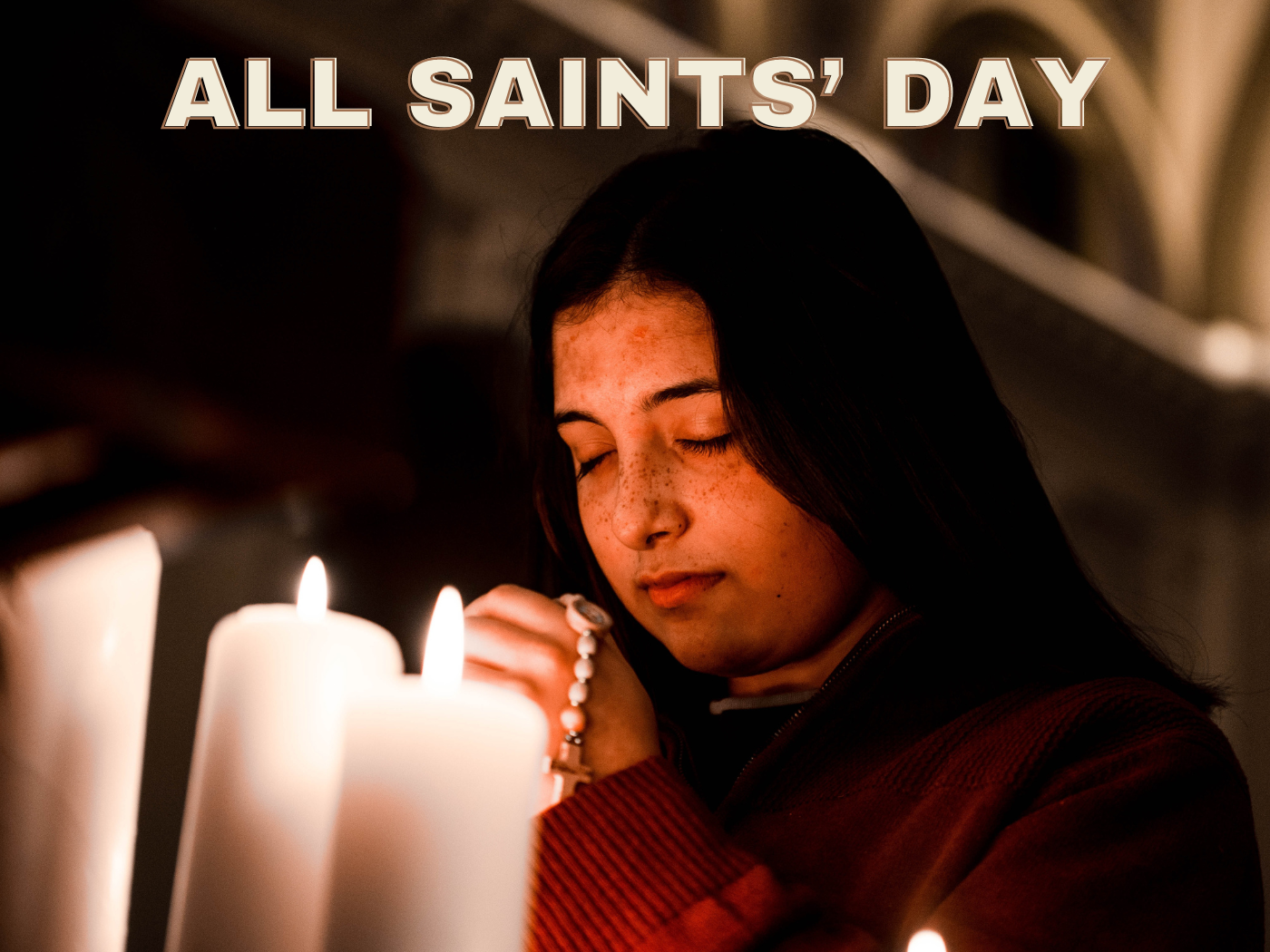
Other Celebrations
-
Apr 29 Tue
-
May 01 Thu
-
Jul 26 Sat
-
Sep 21 Sun
-
Oct 31 Fri
-
Nov 02 Sun

All Saints' Day - Next years
Sunday, 01 November 2026
Monday, 01 November 2027
Wednesday, 01 November 2028
